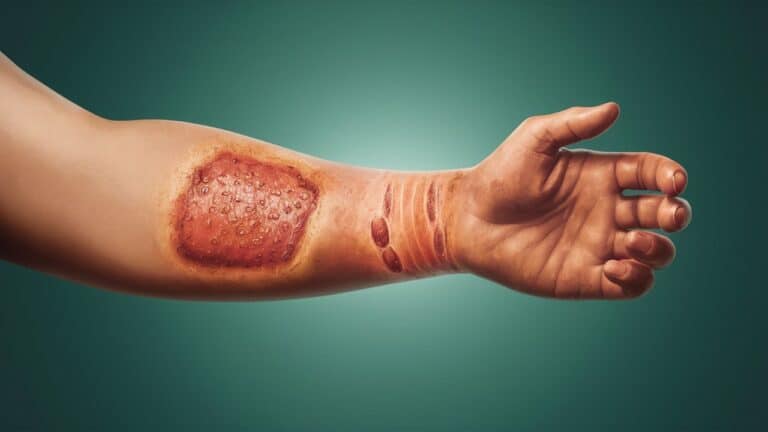Every day, almost everyone gets to be a pedestrian — anyone outside a vehicle walking, running, jogging, or performing any other function. Car accidents involving a person on foot often end in severe injuries or death.
According to the National Highway Traffic Safety Administration, 6,205 pedestrians died, and an estimated 76,000 were injured nationwide in 2019. Pedestrian accidents record many deaths and injuries because the body has no protection at the collision point. So, while the vehicle driver may only suffer minor or no injuries, the pedestrian is not so fortunate.
The preceding and the popular law that those on foot always have the right of way informed the belief that the motorist is always at fault for an auto-pedestrian collision. However, this is not often the case. There are instances where a person walking causes an accident or contributes to the events that led to the occurrence.
This article discusses when a pedestrian is liable for a car accident in Maryland. If you or a loved one suffer injuries from a collision, contact Pinder Plotkin LLC immediately for legal representation.
Pedestrian Liability and the Duty of Care
Under Maryland law, pedestrians and drivers owe each other a duty of care. The latter entails behaving carefully and sensibly when on the road. As a result, each case is subjected to the “reasonable man” test. Simply put, road users must exercise a “reasonable level of care,” that is, the same way someone else in their position would have behaved.
When a person fails to act within what the law considers as reasonable care, they are deemed negligent. In pedestrian accident cases, this is irrespective of who was driving or walking. Therefore, a driver could be the negligent party or the pedestrian. It all depends on who breached their duty of care.
For example, a driver who failed to yield the right of way to a person running or jogging would have breached their duty of care if they hit them. Similarly, a pedestrian who crosses outside the designated crosswalk will be negligent if their actions cause an accident. In both scenarios, the non-negligent party can file a personal injury lawsuit.
In summary, a pedestrian is liable for an auto crash if it results from negligent behavior. Note that because pedestrians seem to have more to lose does not absolve them of liability. So, suppose a pedestrian was texting and walking and failed to see the light turn green for vehicles. Then they walked into the path of an oncoming vehicle.
If the vehicle hits them, gets dented, and the driver suffers bodily injuries, the pedestrian will pay the vehicle repair fee and medical expenses for treating the wound. Let’s consider another scenario. A drunk pedestrian walks across the road without using the designated crosswalk.
In trying to avoid them, an oncoming vehicle swerves and hits a person by the side of the road or another car. The struck person then suffers injuries. The liability for the crash would fall on the pedestrian. This is because if not for the person’s negligence, the accident would not have occurred.
However, the car driver may also share liability if they were distracted and failed to see the person crossing the road on time. You should keep in mind that each case is different and will get decided on its merit.
The Role of the Comparative Negligence Rule
There are two types of negligence laws that determine how much a person receives: contributory and comparative negligence rules. Under the latter, if the injured victim is partly at fault, their compensation will be reduced based on their role.
For instance, if the victim is 25% partly at fault, their compensation will be reduced by that fault percentage. Maryland doesn’t practice comparative negligence but contributory. It means that person who contributes to a crash will not receive any compensation.
This is the law even if the victim is only 1% at fault. Many states saw this rule as hard, hence the comparative negligence law. But Maryland remains one of the four states which still maintain this practice. So, if you are partly at fault for an accident, either as a driver or pedestrian, you will lose your settlement.
Book a Free Consultation Today!
Determining liability after an auto crash may be challenging if you don’t know what to look for. This is why you need the legal experts at Pinder Plotkin LLC. Our Maryland car accident lawyers will help you establish fault and receive maximum compensation from the at-fault party. Contact us today for a free case review.





